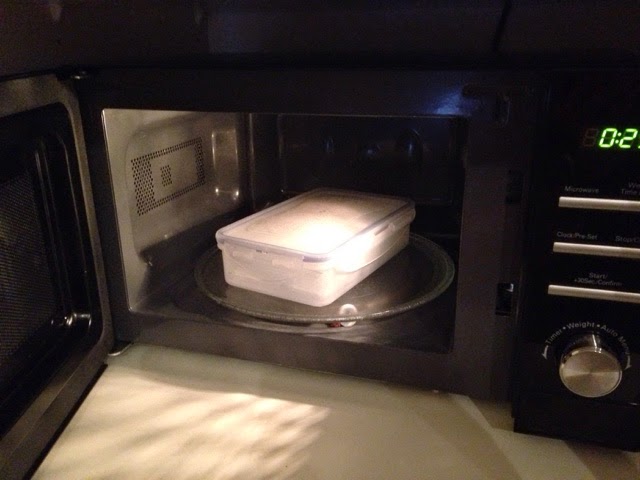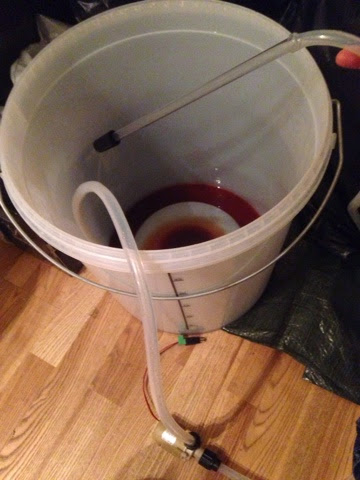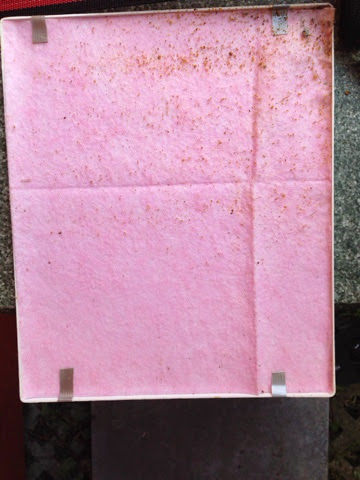As this has been a terrible year with really poor weather. I have only harvested 23 kg of honey from my one hive, which is about half of what I harvested last year. I had planned for at pure honey mead, but I also want some honey for my self and some to sell (this is what pays for the bees). So I have only been able to put about 15 kg aside - not enough for a 50 L batch
So cyser it is :o). Fortunately it has been a great apple year and my apple trees have been full. Especially my "Ingrid Marie" tree. So I figured I wanted to try to make and Ingrid Marie mead. The great thing about this apple is, that it is quite low on acid, so malolactic fermentation should not be necessary at all.
Last year I pressed the apple myself, but I found that a local apple plantation offered to press apples for free, so I figured I would wait for this even though it was in October which is a bit late for these apples. But again the poor weather was a great help, since the apples matured 2-3 week later than usual and most of the apples were just perfect when the day arrived.
Most of the apples are Ingrid Marie apples - only the third box from the top contains Pigeon apples and a bit of "Red Ananas" apples - (sounds silly if translated to English...and I do not know if the sort have a proper English name?)
The automated shredder and press are so much faster than when I did it manually - and the yield significantly higher. I ended up with a bit more than 25 L out of about 35-40 kg of apples. So far so good







































